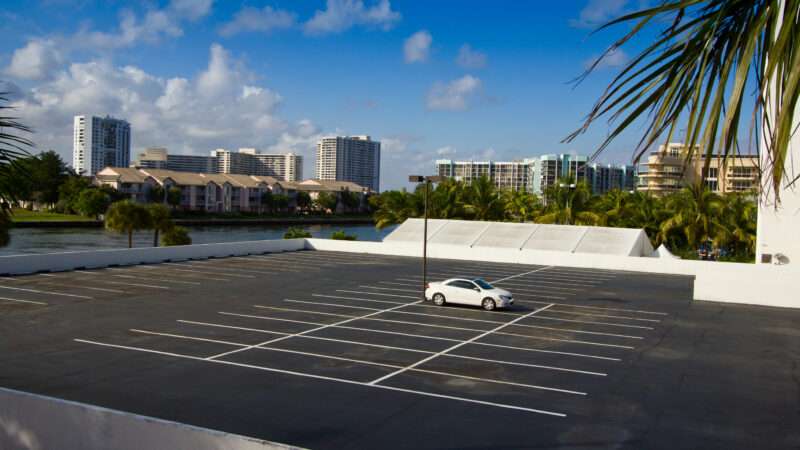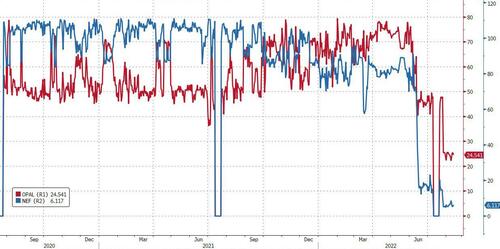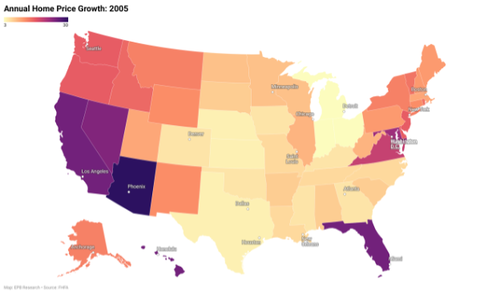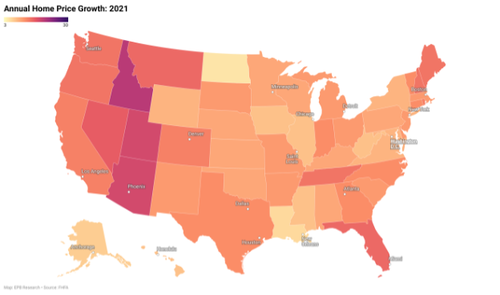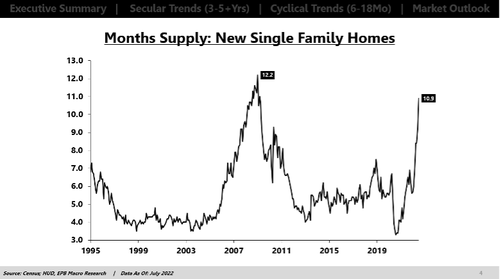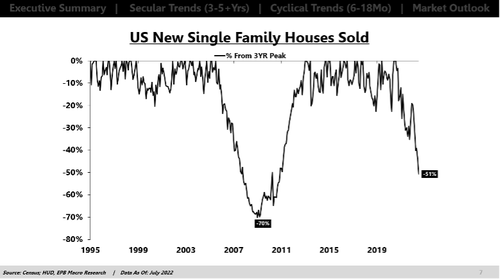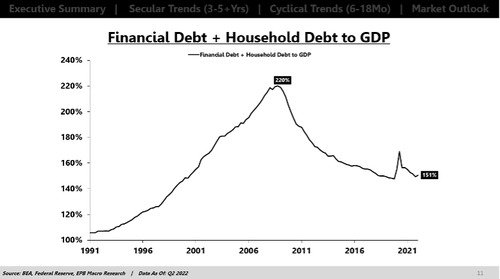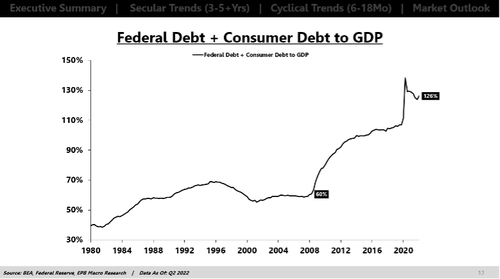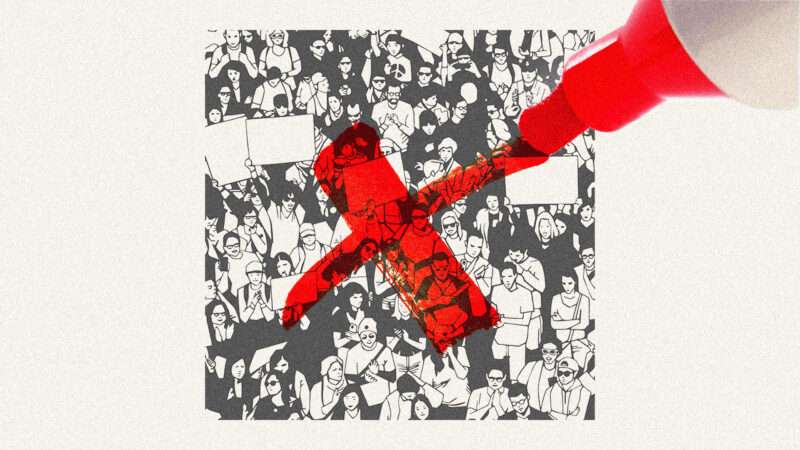
In Franklin, Tennessee, the sun may be setting on residents’ ability to participate in public demonstrations free of government interference. As part of city guidance that is “intended to facilitate the safe exercise of First Amendment rights,” Franklin officials explain, they are significantly restricting when, where, and how residents may participate in any “public gathering and expression event.”
Per an ordinance passed unanimously by the Franklin Board of Mayor and Aldermen (BOMA) last week, the city will not grant permits for any public gathering and expression events taking place after dark, nor will any event that does not require a permit be allowed to take place in the city after dark. The ordinance also prohibits expression events from taking place in the Downtown District between 5 p.m. on Fridays and 7 a.m. on Saturdays, as well as between 5 p.m. on Saturdays and 7 a.m. on Sundays.
Franklin’s code defines public gathering and expression events as instances of “noncommercial public assembly” that take place on public property, are “likely to obstruct” vehicular or pedestrian traffic, or have over 20 participants. The ordinance also introduces restrictions targeting “events which require amplification or which occur more than once per month (regardless of size),” according to a background document prepared by city officials. Violations of the ordinance will carry a misdemeanor charge resulting in a citation.
“We as the city have the ability to navigate and to manage time, place and manner that those demonstrations happen,” City Administrator Eric Stuckey said in June when the rule changes were first being considered. The city’s background document claims that the ordinance will ensure Franklin “provides protection to all who wish to exercise” their First Amendment rights.
In 2019, BOMA adopted a structure to permit public gathering and expression events. That move followed white supremacist rallies in Charlottesville, Virginia, and nearby Shelbyville, Tennessee. “We saw it as a way to facilitate the exercise of First Amendment rights,” said Stuckey of the permitting structure.
Franklin officials first floated the new restrictions on expression events at a June 14 meeting. City Attorney Shauna Billingsley outlined the ban on demonstrations after dark, saying, “We really don’t think that’s a safe thing for really anyone.” The proposed restrictions originally included a ban on expression events from 5 p.m. on Fridays through 7 a.m. on Mondays in the downtown historic district, though this was ultimately scaled back.
“The reason for that” weekend ban, Billingsley explained, was that “it seems as though after work on Friday, our downtown turns into something different. It’s much more shopping and eating, more social events and those kinds of things. So we’re not sure that protests in the heart of downtown during the weekend should be permitted.” She also stressed that “safety is important,” noting that “police officers can’t really watch over people in the dark.”
As much as city officials stress this ordinance will protect First Amendment rights, it raises obvious concerns on that front. “Threatening misdemeanors for expressive activity after dark is going to put Franklin [on] a collision course with the First Amendment,” says Adam Steinbaugh, attorney at the Foundation for Individual Rights and Expression. “Municipalities can impose content-neutral limits on the time, place, or manner of expression, but those limits have to be reasonable and this isn’t.” For one, he explains, “not everyone can protest during the workday and a lot of expressive activity necessarily occurs in the evening.”
What’s more, the ordinance’s broad wording may come to target completely innocuous expression events. “You want to tell me the city of Franklin wants to issue misdemeanors for Christmas carolers or people holding a candlelight vigil?” asks Steinbaugh. The potential for uneven enforcement also lingers. Steinbaugh offers a hypothetical: Will Franklin police be more likely to write up 21 Christmas carolers or 21 people protesting the police if both groups are violating the ordinance?
“The sun doesn’t set on the First Amendment,” says Steinbaugh. “Franklin’s leaders should reconsider.”
The post This Tennessee Town Claims Restricting Protests Helps 'Facilitate' the First Amendment appeared first on Reason.com.
from Latest https://ift.tt/1CSijeG
via IFTTT

